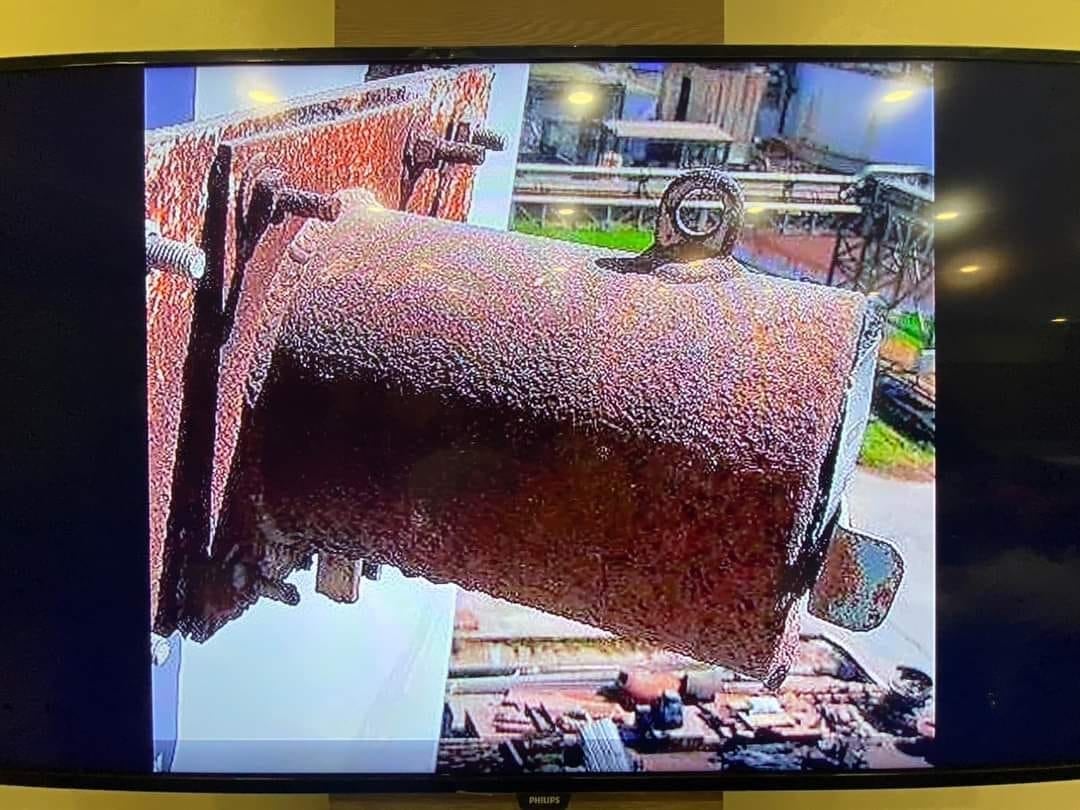Thailand has found its missing radioactive cylinder. That’s where the good news ends
The steel tube containing Caesium-137 was reported missing from a power plant earlier this month

Thai authorities found a radioactive cylinder that was reported missing earlier this month. The bad news is that the object was no longer intact.
Suggested Reading
The steel tube containing Caesium-137 went missing from a power plant in the Prachin Buri province, where it was used for ash measurements. It was found after authorities detected radioactive readings at Prachin Buri’s largest steel foundry on Sunday (Mar. 19), Bangkok’s English-language daily The Nation Thailand reported, citing provincial governor Ronnarong Nakornjinda.
Related Content
Officials were hopeful the tube would be found untouched–much like in the case of a cylinder Caesium-137 drum that was misplaced and found six days later on an outback highway in Australia in January. If opened, the salt-like material inside could easily scatter and pose severe health risks from rashes and burns in the short-term to high risk of cancer in the long-run, the Office of Atoms for Peace secretary Permsuk Sutchaphiwat had warned earlier.
Unfortunately, that scenario now appears to be a reality. The readings came from scrap metal that had already been compressed into cubes ready to be smelted on Sunday evening.
Operations at the foundry have been halted, and all employees have been asked to leave. The authorities have also set up a perimeter to stop outsiders from entering. Workers at the now-shut metal plant will undergo urine tests and be monitored for signs of radiation exposure, Opas Karnkawinpong, permanent secretary of the Ministry of Public Health, told reporters on Monday, as Bloomberg reported.
Thai citizens want to know more about the radioactive tube
The Thai government did not provide a timeline of when the case was smelted, nor did it share details of how much radioactive material was released.
Enraged citizens are tweeting about the mishandling of information dissemination, saying the government isn’t giving them enough information in a timely manner. The government has tried to abate fears by saying it found “no radioactive contamination” in the area, and no cases of radiation have been reported at any clinics or hospitals.
Thailand’s missing Caesium-137 tube, by the digits
30 years: The long half life of Caesium-137. (Half life measures the time taken for the radioactivity of an isotope to fall to half its original value.)
300 years: How long Caesium-137 can remain in the environment
25 kilograms: Size of the Caesium-137 cylinder that went missing.
50,000 baht ($1,450): Cash reward for anyone who could provide information about the cylinder, offered by Kittiphan Chitpentham, a representative of the National Power Supply Public Co.
100,000 baht ($2,936): The fine, along with a maximum one year in prison, that the power plant operator—National Power Plant 5A Co.—will have to face if it is found guilty of delayed reporting of missing radioactive material. It was thought to have gone missing in mid-February but only reported to be hunted down starting March 10.
Throwback: Missing cobalt-60 in Thailand
In 2000, workers stole cobalt-60 cylinders from discarded X-ray machines. A garbage scavenger then sold it to a scrap dealer, who broke the tube, scattering parts in the junkyard. Five workers at the scrapyard and four waste collectors ended up in hospital with radiation sickness. More than 1,800 people in the area were exposed to harmful radiation.
Offering some respite, deputy secretary general Pennapa Kanchana says that this time’s missing cylinder is far less radioactive than the incident in 2000.
Related stories
☢ Thailand’s mad hunt to find a missing radioactive cylinder has made no progress so far
